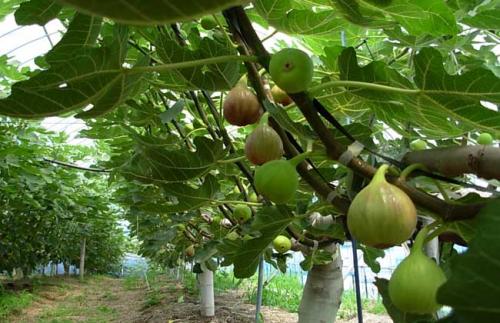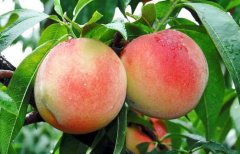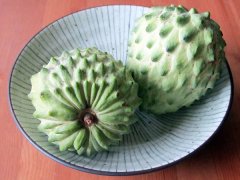What are the properties of figs? What are the ways to grow figs?
Figs are fruits. How much are figs per jin? You must know, do you know the properties and planting methods of this kind of fruit? Do you want to know about it? Let's take a look at it together.
About the properties of figs
Figs are classified as Moraceae, figs, rich in pectin that can prevent constipation. Figs are easy to grow. If the branches of deciduous fruit trees are planted on the ground, they will take root, and there is no restriction on altitude. They can be planted all over Taiwan, unlike cherry blossoms.
Figs are Mediterranean fruit trees, which are suitable for dry summers and rainy winters. They get plenty of moisture in winter, but there is almost no moisture in summer, which makes the fruit taste strong, dried, and taste like candy. However, because there is too much moisture in summer in Taiwan, the taste will be lighter.
However, Taiwan's mild climate is similar to the Mediterranean climate and is suitable for growing figs. Like papaya, as long as it continues to blossom and bear fruit throughout the year, it can be harvested many times, and figs and papayas can be eaten at any time if you plant one at home.
The planting mode of figs
Figs are best planted in the fields after falling leaves in winter, cut off the branches about pencil length, if planted in summer, you need to take leaves, and then the branches are inserted into the soil, the wound exposed to the air is best wrapped in wax or plastic bags, this has two advantages, first, the most important moisturizing, the biggest cause of death is lack of water, and the second is microbial infection. Another advantage is that plastic bags can form local high temperatures, which can help buds grow. The soil does not need to be specially selected, but the general one is fine because it is highly adaptable.
Watering once every two weeks after planting in the fields will sprout and take root. After taking root, it will be transplanted into a basin. The bigger the pot, the higher the yield. The number of results is also positively related to sunlight: the sunlight demand of fruit trees, flowers and vegetables (which can be divided into fruit vegetables and leafy vegetables) is just arranged from high to low.
Figs are afraid of rain, so there must be equipment to protect them from the rain, such as nets or plastic sheds. Figs can also be planted in pots and moved indoors when it rains. Figs are prone to nematodes, but as long as shrimp and crab shells are buried in the soil, nematodes can be protected against nematodes, and uneaten meat can become nutrients.

- Prev

According to Chunfeng, a new peach variety Tainong 3, what are the characteristics of Chunfeng variety Tainong 3?
Peach tree has been a symbol of longevity and auspiciousness since ancient times. Fresh peach fruit is not only perfect in appearance, bright in color, but also juicy and delicious, fragrant and attractive, so it is loved by Chinese people. According to the Annual report of Agricultural Statistics in 1999, the planting area of peaches in Taiwan was 2404 hectares, with an annual output.
- Next

What are the effects and effects of pineapple Sakyamuni fruit? How to choose pineapple, how to preserve it, how to eat it.
Winter to early spring (December to March) is the production season of pineapple Sakya. Pineapple Sakya, also known as Honey Sakya, is rich in protein, potassium, calcium, magnesium and vitamin C. it is known as "the three most beautiful fruits in the world". Sweet taste, let people like it! Let's see ~ sweet
Related
- The first cup of black tea in spring, the flavor and history of tea gardens in Kenya, Africa
- The computer can not only choose potatoes, but also grow tea rice. AI will grow winter oolong tea champion.
- It is not only the inflated tea bitten by insects, but also engraved with the four seasons tea in Beipu.
- The Oriental Beauty Tea Festival in Zhuxian County takes the stage at the weekend to experience the plus-size feast of oil tea.
- & quot; Oriental Beauty Tea & Exploration of Emei in Hsinchu, the hometown of quot;
- The new variety of strawberry "Tainong 1" dessert is the first choice with mellow aroma. Crimson gorgeous
- History of Tea in Taiwan: from Wild Inner Mountain to Export Tea Garden
- Two types of Taiwan Oriental Beauty Black Tea won the British three-Star Award for Childhood Tea Xiang Zhang Jiaqi changed from pilot to champion tea maker.
- Banana species and varieties: the planting history of Taiwan Xianren banana and dwarf banana is long, is banana disease resistant?
- Coffee planting Technology: Qianjie Coffee from Seedling to harvesting

